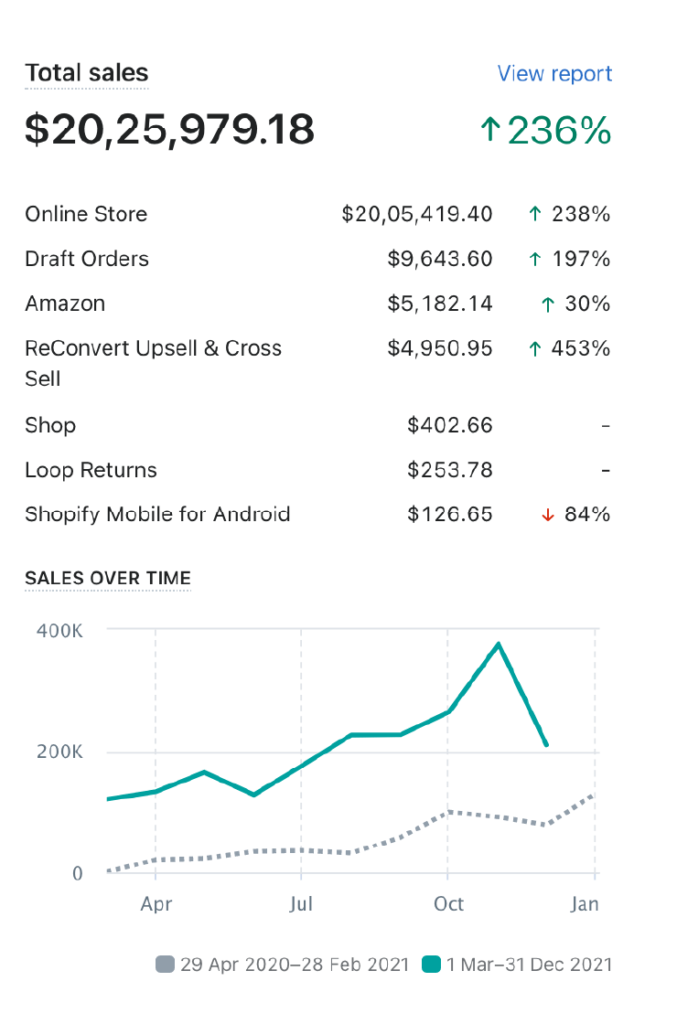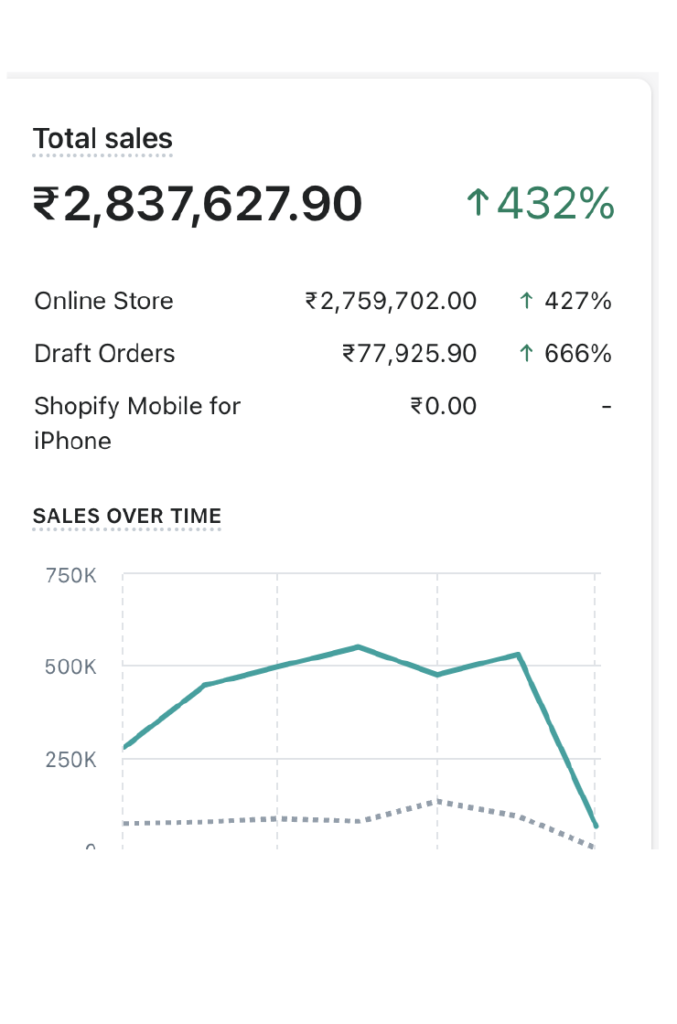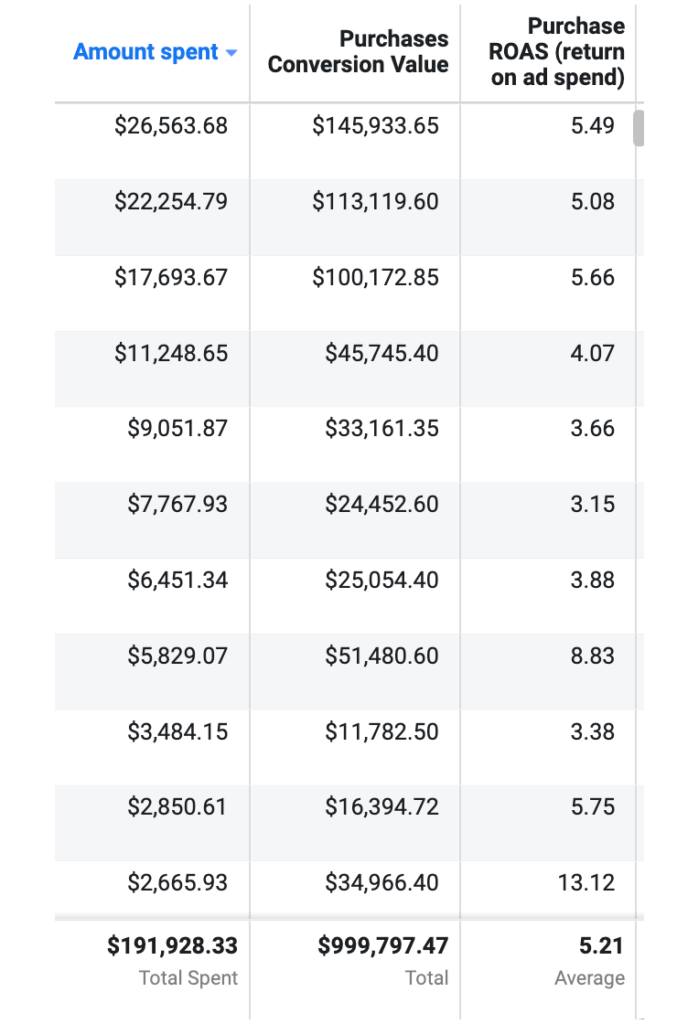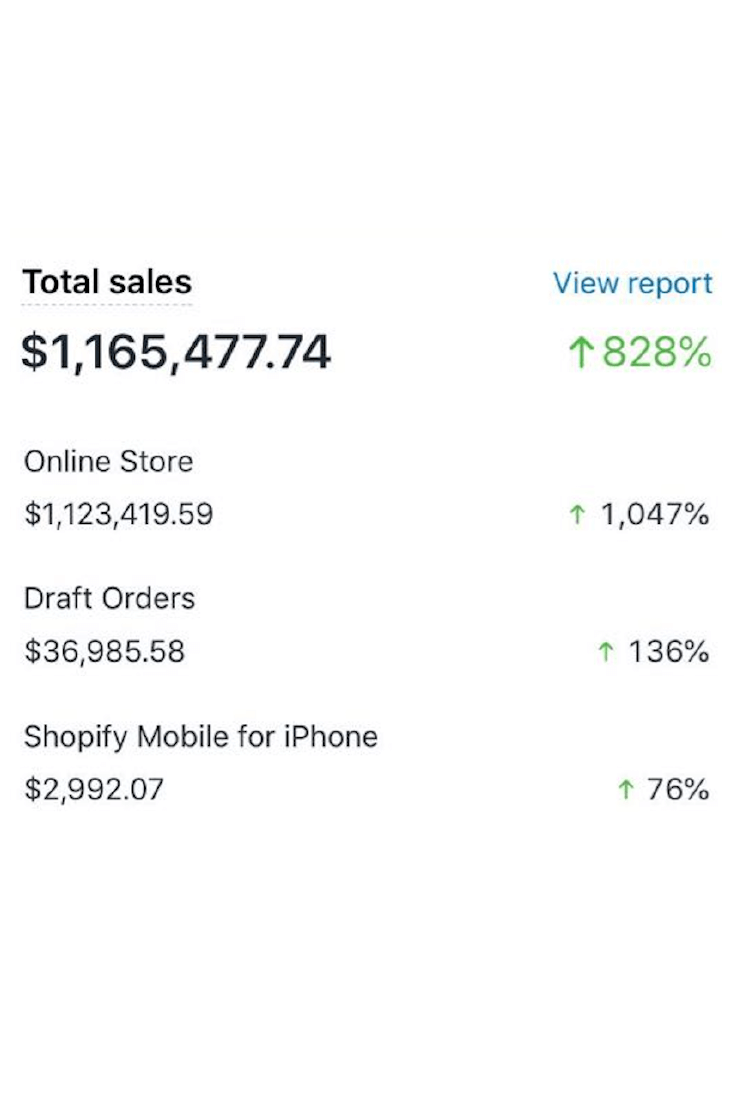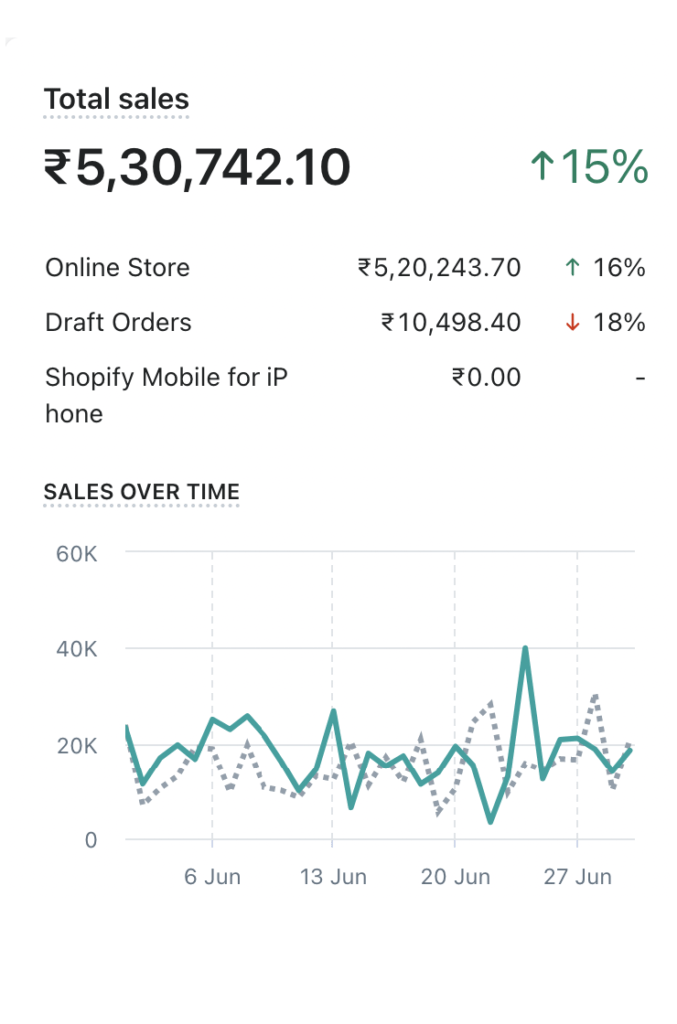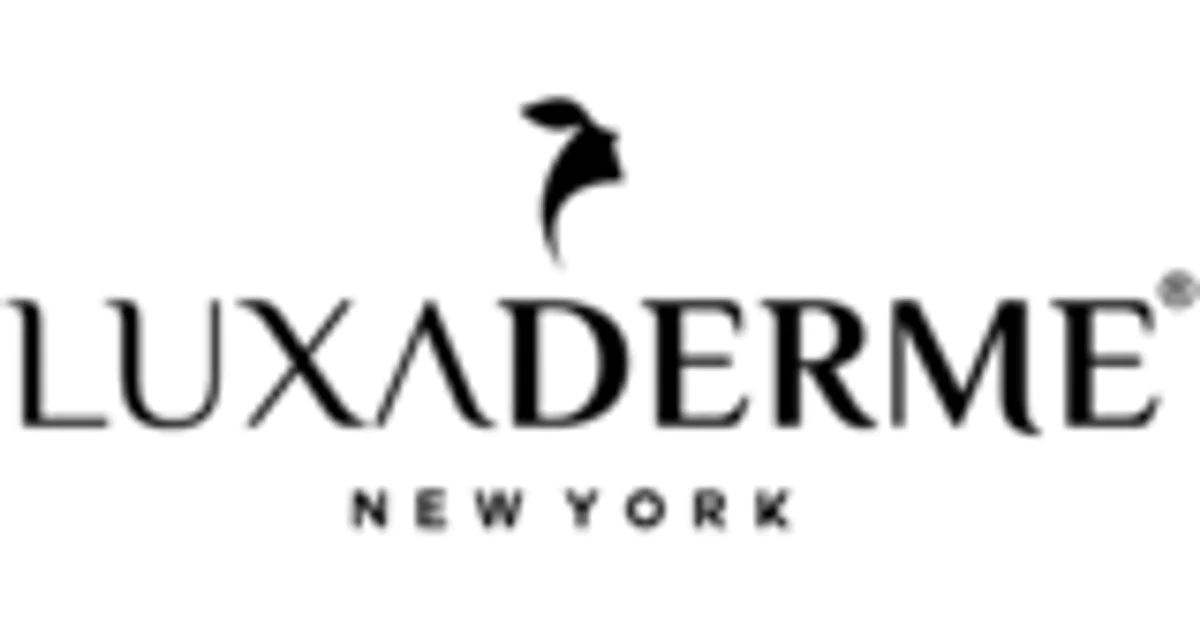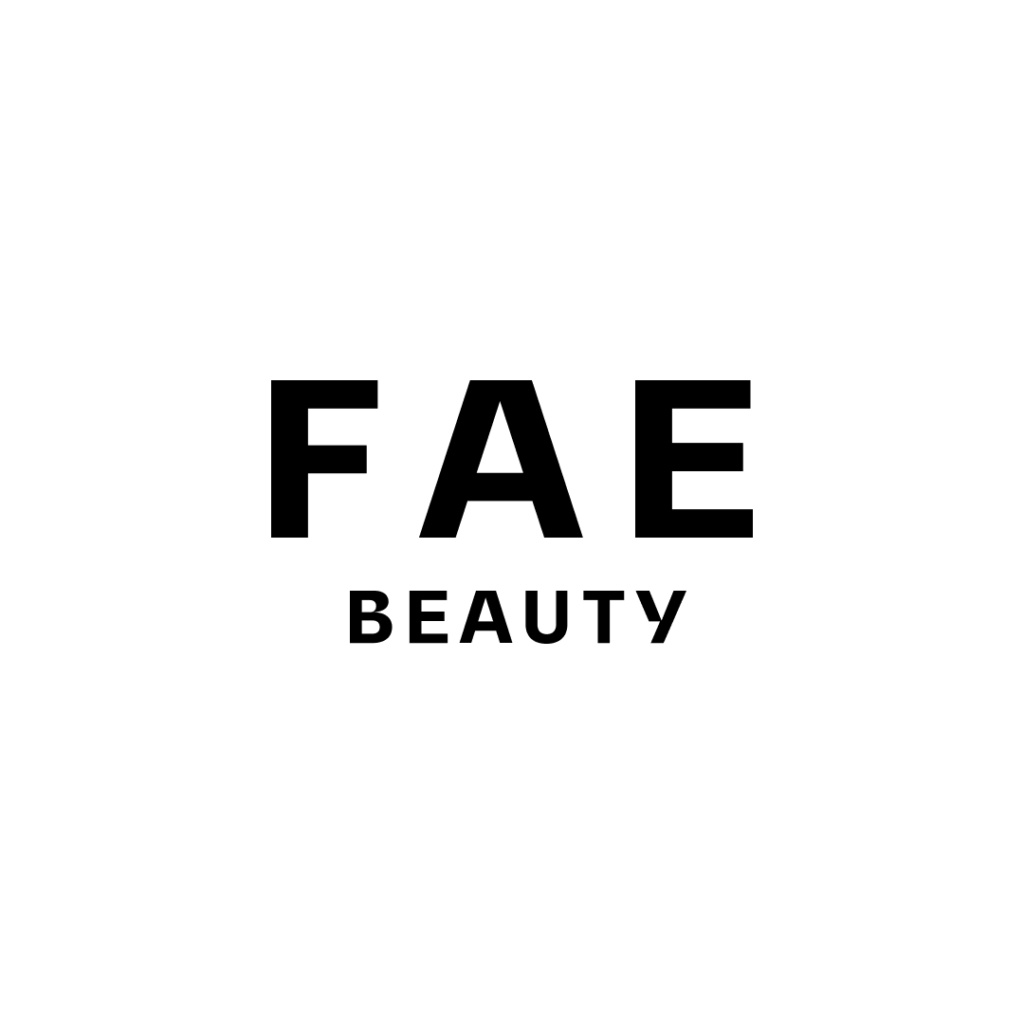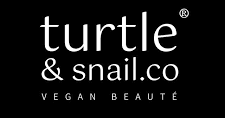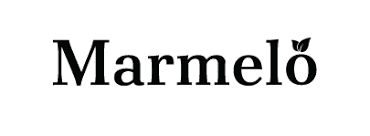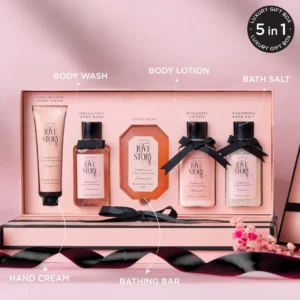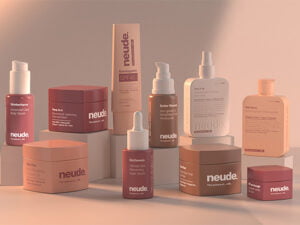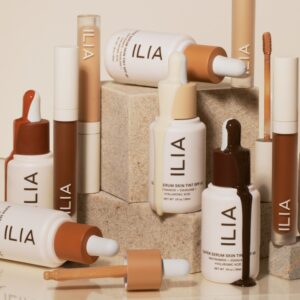The Beauty Marketing Funnel: Converting Skincare Browsers into Brand Advocates
HavStrategy
Building a Memorable Skincare Brand: Unique Strategies for 2024
HavStrategy
The beauty marketing funnel is essential for converting casual skincare browsers into loyal brand advocates. In the competitive skincare industry, brands that thrive go beyond traditional marketing and leverage an engaging, informative, and supportive journey across all touchpoints. This guide explores each stage of the beauty marketing funnel with actionable insights, successful examples, and key strategies that skincare brands can use to turn awareness into advocacy. Our team of marketing experts who make HavStrategy a top skincare marketing agency have shared our unique strategies to boost your brand awareness.
We as a personal care digital marketing agency are intrigued to take you on a journey of brand growth, hire us as we unravel your brand’s success with our marketing strategies.
1. AWARENESS Stage (Top of Funnel)
The Awareness stage is where skincare brands create a lasting first impression. For brands aiming to stand out, leveraging trending content, educational resources, and SEO-focused strategies is crucial to building discovery touchpoints. Partnering with a beauty marketing agency UK can further amplify these efforts by tailoring campaigns to resonate with the target audience.
- Discovery Touchpoints: Establish a presence where your potential customers spend their time. Skincare brands like CeraVe use TikTok to educate and entertain, often going viral with relatable skincare trends and ingredient spotlights.
- Beauty TikTok Content Strategy: TikTok’s rapid pace allows brands to engage in viral skincare trends, such as the #slugging technique, which went viral thanks to user-generated content. Creating short, informative videos on TikTok is an impactful way to boost visibility and build brand awareness.
- Social Proof Amplification: User-generated content, before/after galleries, and customer journey stories provide undeniable proof of your products’ efficacy. The Ordinary, for instance, often shares real results on Instagram and user testimonials to establish credibility.
- SEO & Content Strategy: Focus on educational blog content, such as ingredient deep dives and routine guides, to attract organic traffic from users searching for skincare solutions. This approach has been successfully executed by Paula’s Choice, which provides ingredient-focused articles that boost SEO and guide potential customers through skincare science.
2. INTEREST Stage (Upper-Mid Funnel)
Once you’ve caught the attention of your audience, deepen their interest with valuable educational content, community engagement, and consistent nurturing through email sequences, maybe with the help of a beauty marketing agency Australia.
- Value-Building Content: Skincare education series, mini-courses, and Instagram Guides provide real value. By positioning the brand as an authority, customers gain trust and are more likely to explore further. Brands like Skinceuticals excel at explaining complex ingredients and providing solutions for skin concerns.
- Email Nurture Sequences: Design a welcome series to introduce new subscribers to your brand’s story, values, and products. Include a skin quiz as part of the onboarding experience to personalize recommendations and boost engagement.
- Community Engagement: Platforms like Facebook groups, Instagram Stories, and Reddit allow for two-way communication with followers. TikTok comments and Q&A sessions foster connection and help address skincare questions directly.
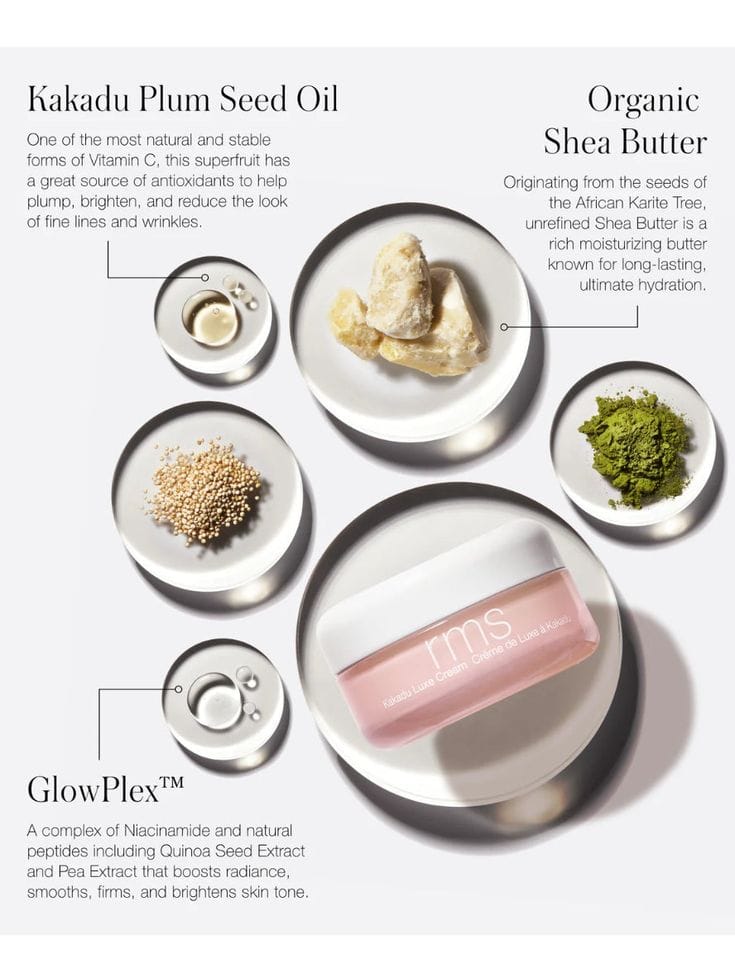
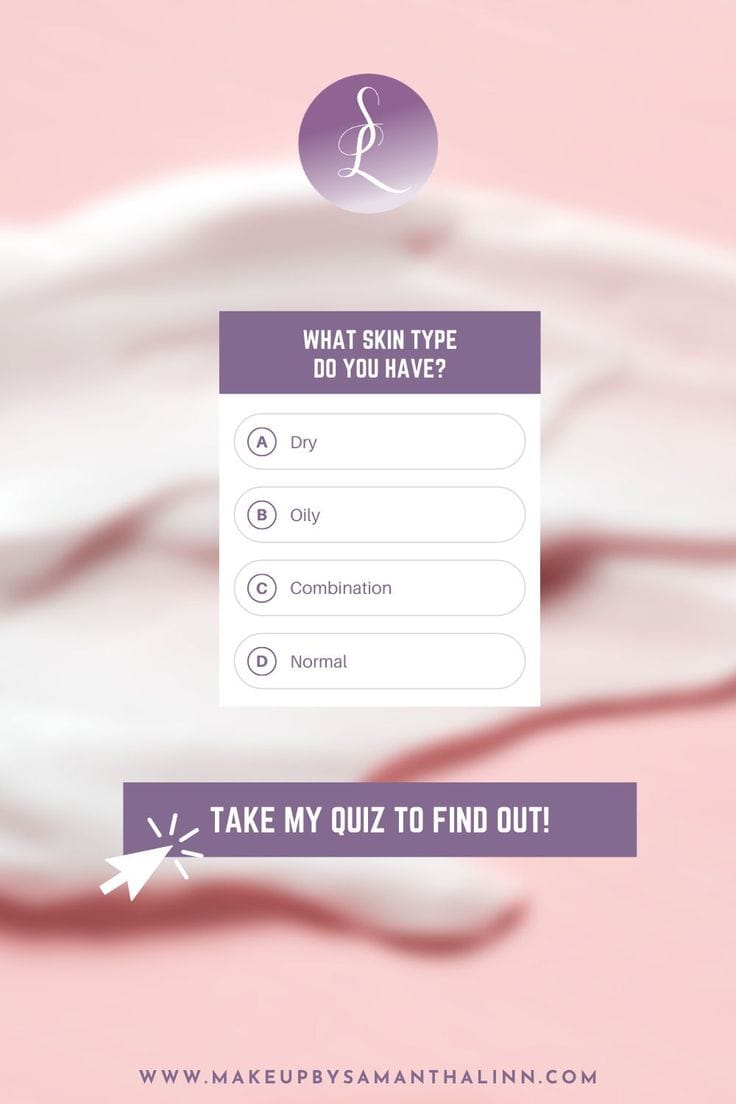
3. CONSIDERATION Stage (Middle-Mid Funnel)
The Consideration stage is where customers begin comparing products and diving deeper into how a product aligns with their skin needs. Here, detailed product education, social proof, and comparison content play a big role, often guided by a top beauty marketing agency New York.
- Product Education: Detailed product showcases, application tutorials, and compatibility guides are key. Sunday Riley, for instance, offers results timelines and ingredient breakdowns on their website, helping potential buyers understand product benefits.
- Social Proof Enhancement: Highlight video reviews, expert endorsements, and clinical studies to validate product claims. La Roche-Posay features dermatologist-backed studies and customer testimonials to emphasize product reliability and effectiveness.
- Comparison Content: Create competitive analyses to help customers understand what sets your product apart. Highlight unique selling points and showcase a price-value proposition for your products compared to competitors.
Hiring an experienced beauty digital marketing agency like HavStrategy can help you boost your brand marketing faster.
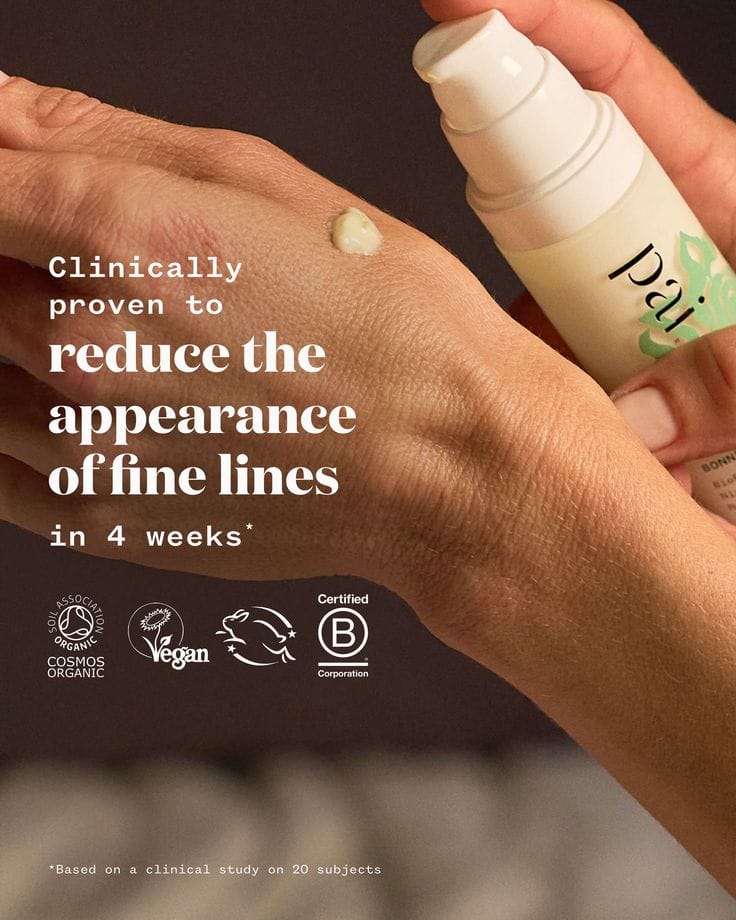
4. INTENT Stage (Lower Mid Funnel)
At this stage, potential buyers are considering making a purchase, but need that final nudge. Optimize conversions with personalized website experiences, tailored offers, and strategic ad retargeting.
- Conversion Optimization: Implement tools like product quizzes, AI skin analysis, and live chat to provide tailored guidance. Sephora’s virtual try-on tool helps users visualize how products will look or feel, enhancing purchase intent.
- Offer Strategy: Incentivize first-time purchases with discounts or limited-time offers. Bundle offerings and free consultations can provide extra value and encourage buyers to commit.
- Retargeting Campaigns: Leverage Instagram Shopping ads, TikTok product ads, and Facebook dynamic ads to reach users who’ve previously engaged with your brand but haven’t converted. Retargeting helps maintain brand visibility and encourages potential customers to take action.
5. EVALUATION Stage (Bottom Funnel)
The Evaluation stage is where customers finalize their decision. Streamline the shopping experience and reinforce trust to make the purchase process as seamless as possible.
- Purchase Facilitation: Ensure an easy checkout process with multiple payment options and a clear return policy. A simple, secure checkout flow increases conversion rates and reduces cart abandonment.
- Trust Building: Security elements, such as SSL certificates, trust badges, and a transparent privacy policy, are crucial for online skincare purchases. Highlight these features throughout the checkout process.
- Final Push Content: Use exit intent popups, SMS reminders, and email recovery sequences for customers who abandon their carts. Ulta uses SMS reminders to bring potential buyers back to their shopping carts, boosting final conversions.
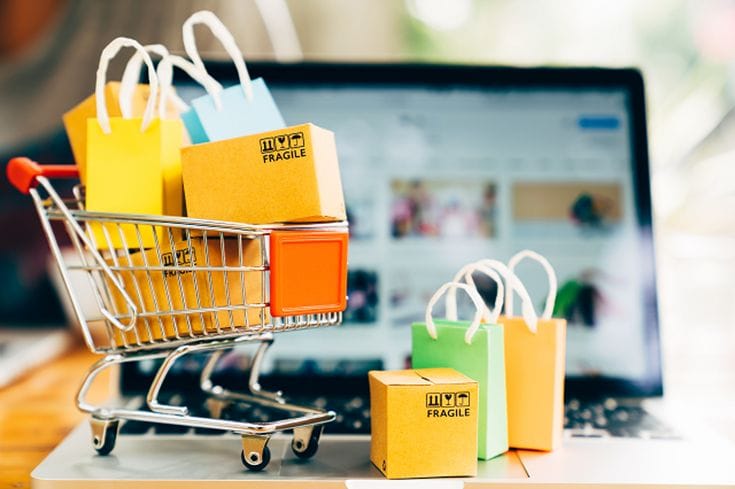

6. PURCHASE Stage
In the Purchase stage, the focus is on a smooth transaction experience. This stage is also where you can begin laying the groundwork for a customer’s post-purchase journey.
- Transaction Experience: Send an engaging order confirmation email that includes a thank-you message, usage guidelines, and support contacts. Including a welcome kit with product tips and sample-sized products can also encourage future purchases.
- Initial Engagement: Build post-purchase flow by integrating tips on how to incorporate products into skincare routines, progress tracking tools, and easy access to customer support.
7. LOYALTY Stage (Retention)
The Loyalty stage focuses on building long-term relationships. Encourage loyalty through ongoing support, expert guidance, and an engaging loyalty program.
- Customer Success: Provide usage reminders, progress check-ins, and routine adjustments to help customers get the most out of their skincare products. Brands like Curology excel here, offering regular progress check-ins and personalized product adjustments.
- Loyalty Program: Design a rewards structure with points for purchases, exclusive early access, and VIP tiers. Glow Recipe’s loyalty program offers early access to new products, incentivizing repeat purchases and building a sense of exclusivity.
- Advocacy Program: Encourage satisfied customers to become brand advocates through referral programs, user-generated content incentives, and brand ambassador roles. Offering community roles with exclusive benefits helps transform loyal customers into active brand promoters.
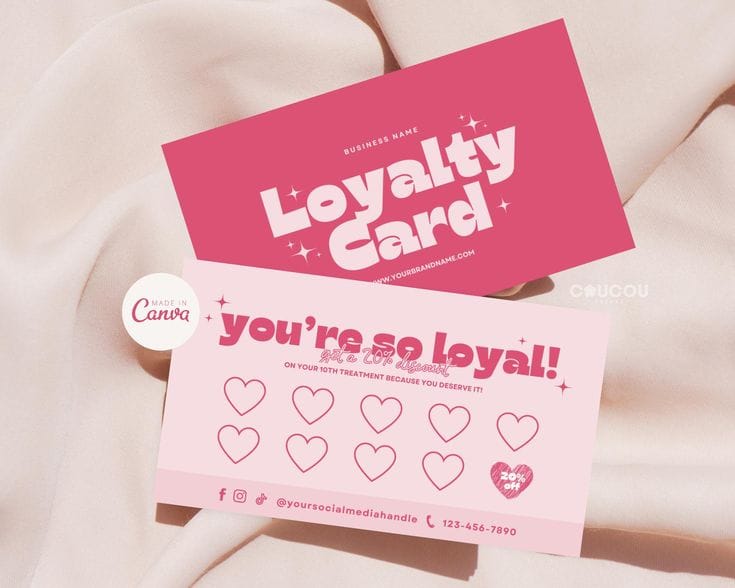

Key Performance Metrics
To optimize each stage of the beauty marketing funnel, track these key performance metrics:
- Customer Acquisition Cost (CAC): Measure the cost associated with acquiring each new customer.
- Lifetime Value (LTV): Track the overall value a customer brings to your brand over their lifetime.
- Conversion Rate by Stage: Calculate how effectively each funnel stage drives conversions.
- Average Order Value (AOV): Measure the average spend per transaction to assess purchase behavior.
- Repeat Purchase Rate: Analyze the frequency with which customers return for repeat purchases.
- Net Promoter Score (NPS): Gauge customer satisfaction and loyalty by measuring their likelihood to recommend your brand.
By effectively managing each stage of the beauty marketing funnel, skincare brands can seamlessly guide potential customers from discovery to advocacy, building a loyal customer base and establishing a powerful brand presence. With a carefully crafted strategy, brands like Drunk Elephant and The Ordinary have successfully used this model to foster loyal communities, reinforce credibility, and drive long-term growth in the competitive skincare market.
Contact us for your personalized beauty social media marketing agency to elevate your brand potential!
Let's increase your revenue together!
Get Results For Your Skincare Brand In
First 3 Months
Trusted by 35+ Top Beauty & Skincare Brands
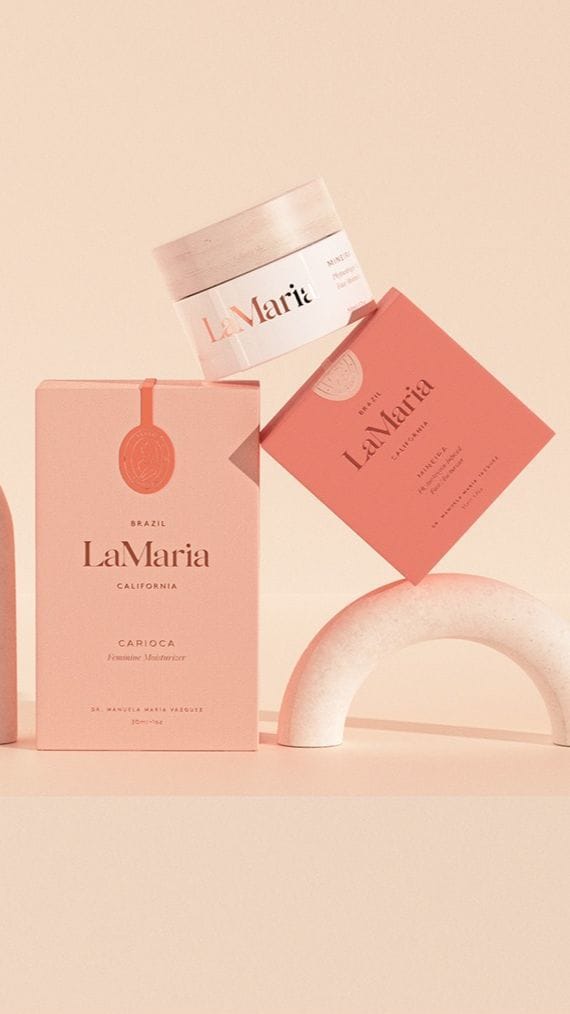
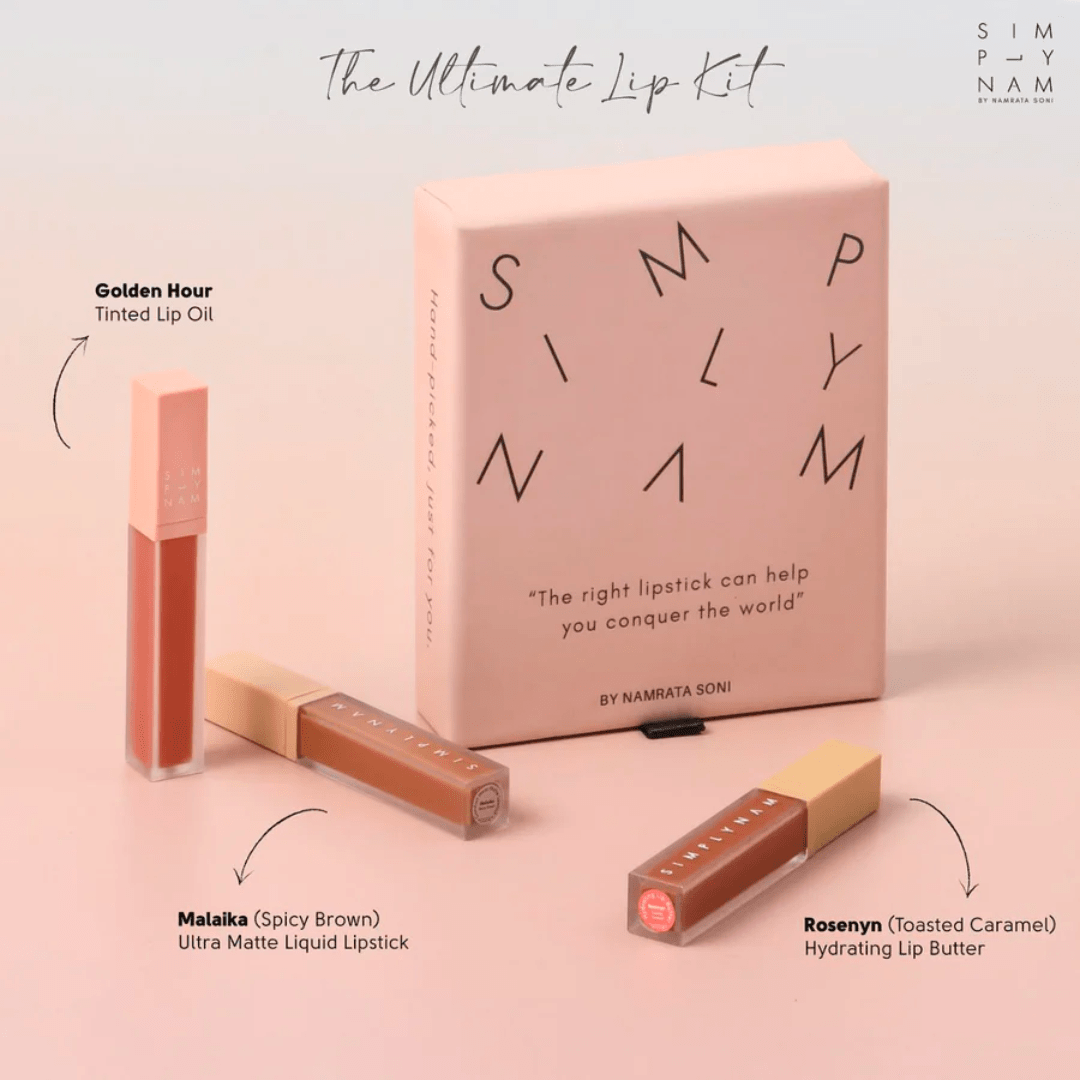



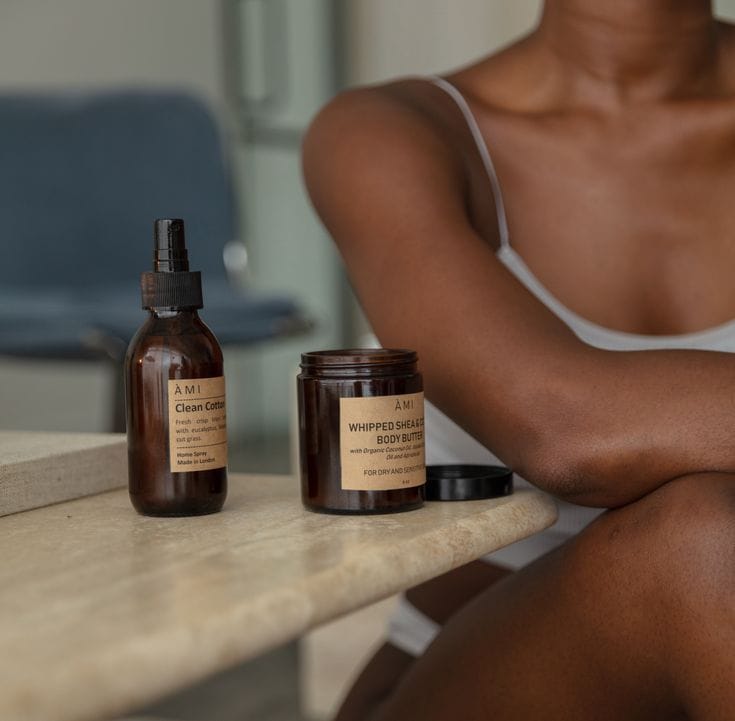
What People Say Out Loud About Us
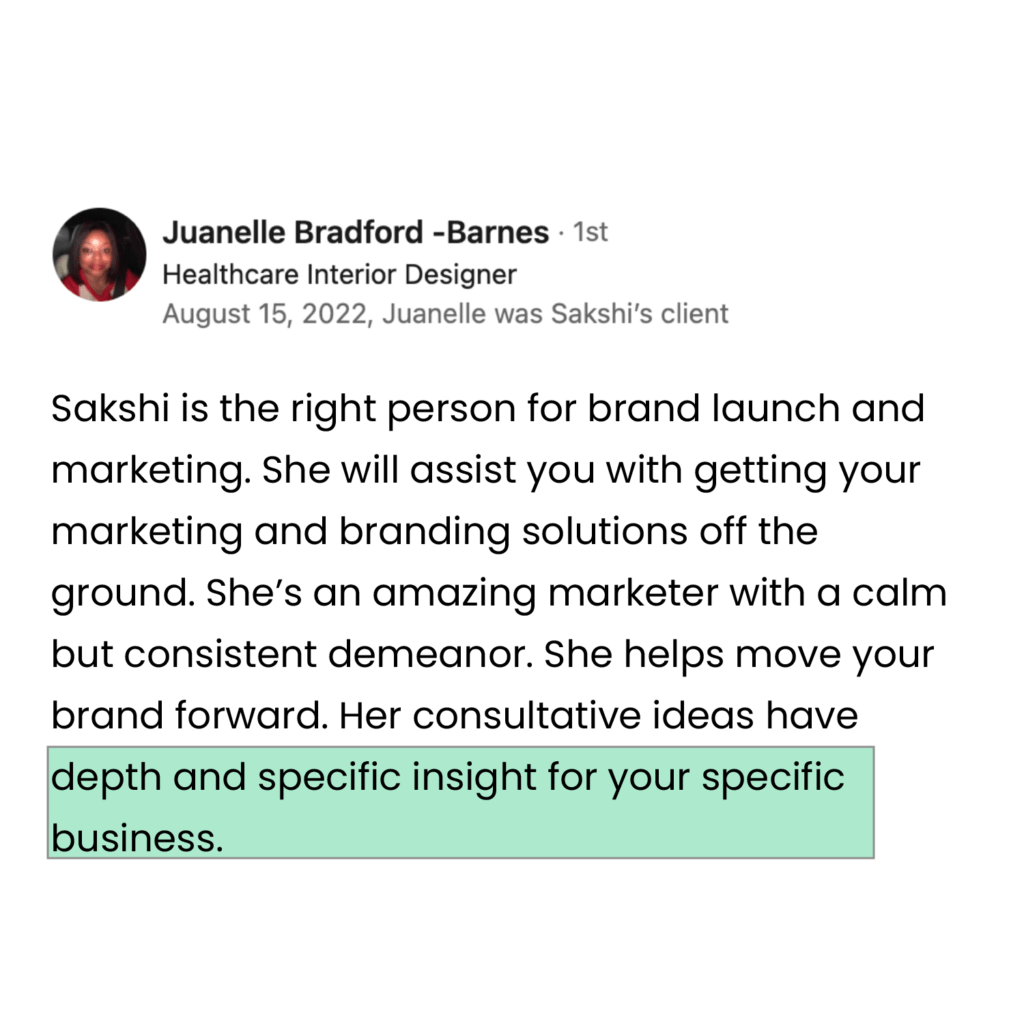
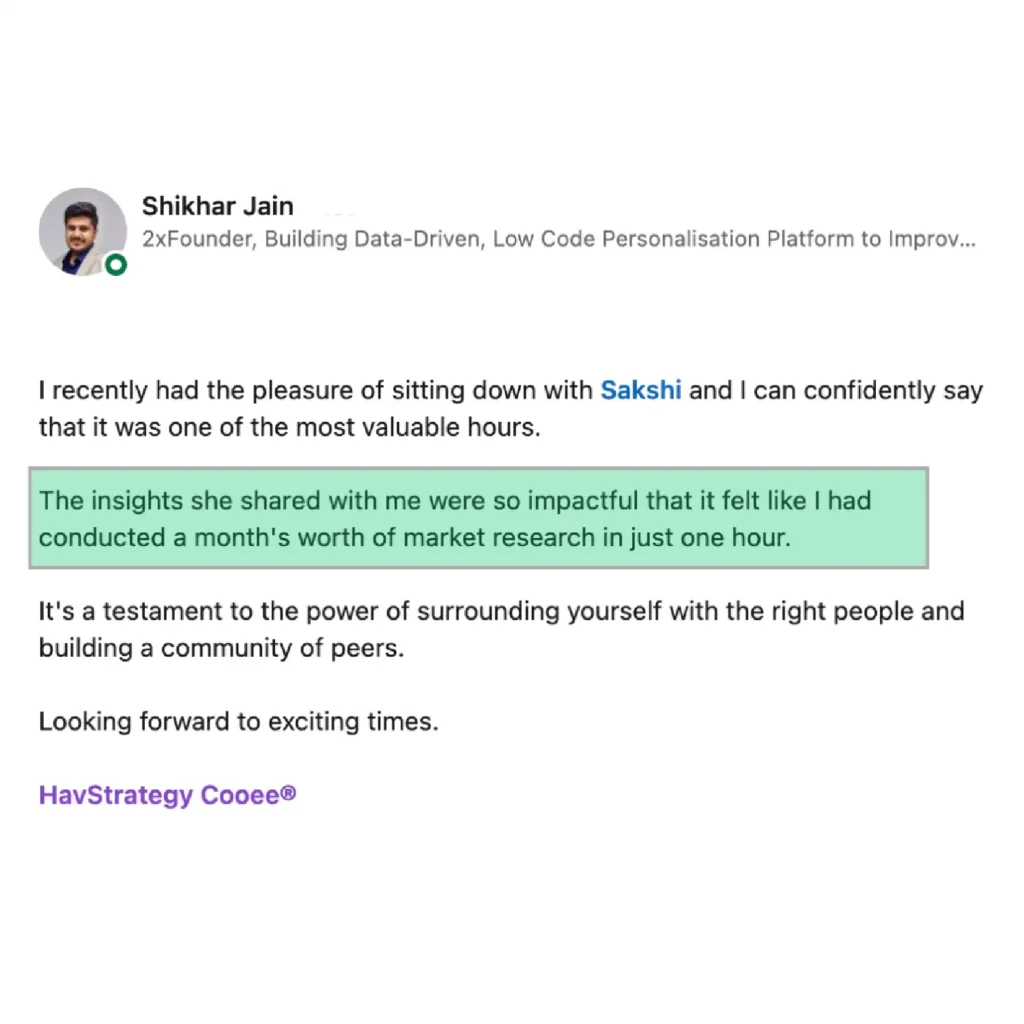
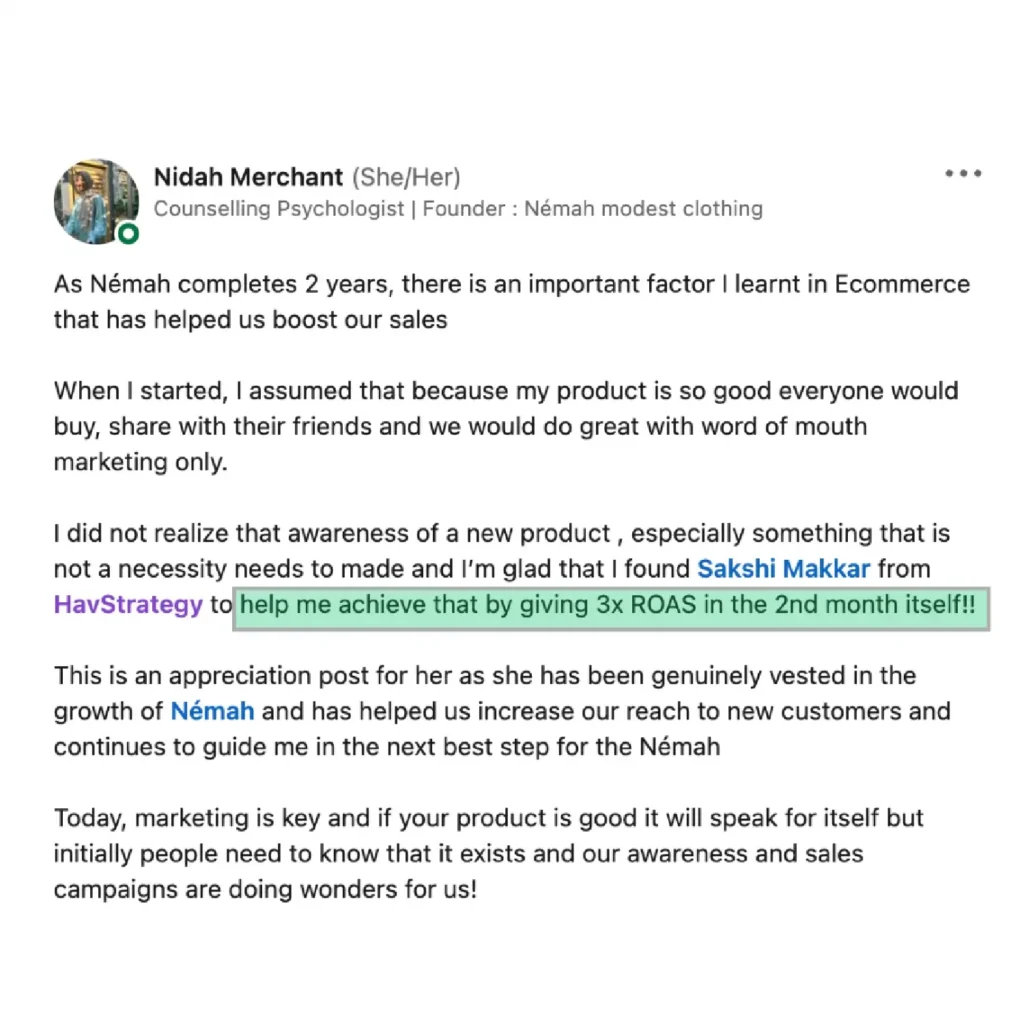
As Seen On





Want Us To Be The Growth Partner To Your Business?
Let's Connect
Let's Connect
International Market
Fashion Marketing Agency in UK
Fashion Marketing Agency in UAE
Lifestyle Marketing Agency in UAE
Skincare Marketing Agency in UK
Cosmetic Marketing Agency in UK
Beauty Marketing Agency in UAE
Luxury Marketing Agency in UAE
Home Decor Marketing Agency in UK
Home Decor Marketing Agency in UAE
Services
Social Media Marketing Agency in UK
Social Media Marketing Agency in UAE
Performance Marketing Agency In UK
Performance Marketing Agency In UAE
Digital Marketing Agency In UK
Digital Marketing Agency In UAE
Home Decor Marketing Agency In Australia
Beauty Marketing Agency In Australia
Skincare Marketing Agency In Melbourne
Fashion Marketing Agency In Australia
Copyright © 2023 HavStrategy


